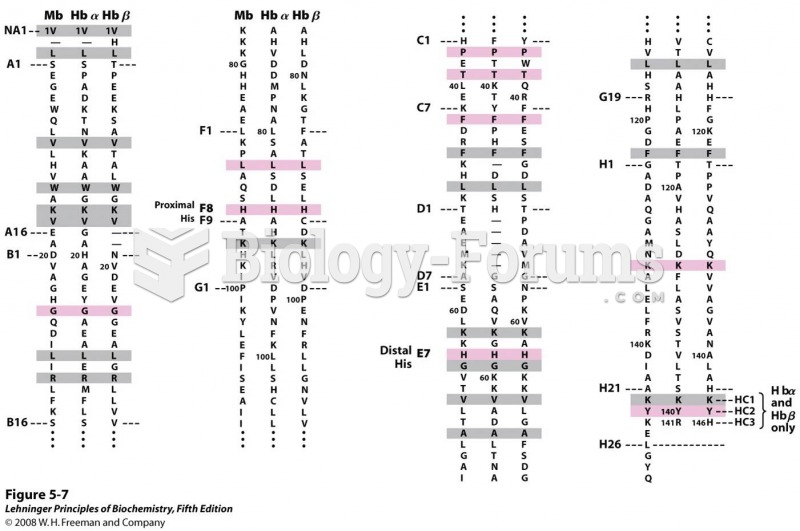|
|
|
Did you know?
The first documented use of surgical anesthesia in the United States was in Connecticut in 1844.
Did you know?
During the twentieth century, a variant of the metric system was used in Russia and France in which the base unit of mass was the tonne. Instead of kilograms, this system used millitonnes (mt).
Did you know?
In 1864, the first barbiturate (barbituric acid) was synthesized.
Did you know?
Human kidneys will clean about 1 million gallons of blood in an average lifetime.
Did you know?
If all the neurons in the human body were lined up, they would stretch more than 600 miles.







